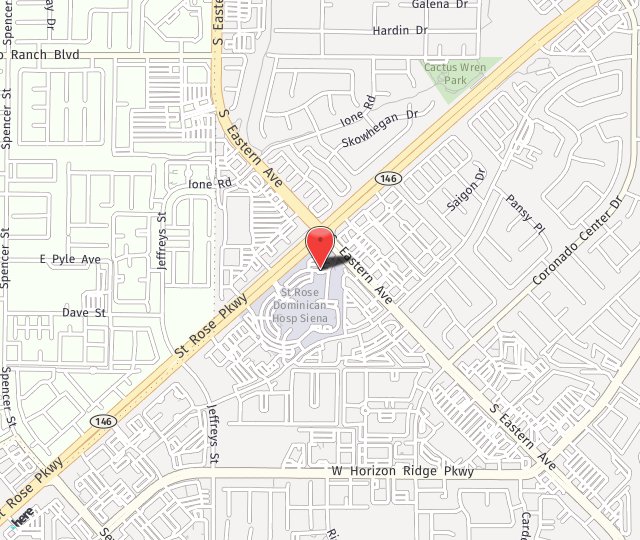Many young women presenting for breast implant surgery ask if the presence of a breast implant will affect their ability to breast feed a child. Most women can successfully breast feed after breast implant surgery. However, breast-feeding ability can never be guaranteed after any surgical procedure on the breast. In various studies, up to 50% of women without any history of breast surgery have difficulty breast-feeding for various reasons or what they perceive to be insufficient milk supply. Problems such as sore nipples, painful engorged breasts, leaking milk, mastitis and failure to latch on by the infant can occur to women with or without breast implants. The variability in the ability to breast-feed is extremely diverse and dependent upon many factors, including the type of breast implant surgery a woman has had, her health and course of pregnancy, hormones, medication, her state of mind, attitude, motivation, and environment.
It is important to understand the anatomy of the breast in order to see how a breast implant may affect the lactiferous ducts responsible for the secretion of breast milk into the nipple. Each breast has 4-18 ducts that produce milk and drain into the nipple. The majority of this milk producing tissue lies within 3 cm of the areola. The nerve supply to the breast comes from the 2-6 intercostal (between the ribs) nerves, with the nerve to the nipple coming from the 4th intercostal nerve from the side of the breast.
If future breast-feeding is important to a woman, the surgical plan should minimize damage to milk ducts and the nerves to the breast. With an areolar border incision, some of the breast ducts at the lower aspect of the areola may be cut. However, in the majority of women, the remaining ducts are sufficient to produce enough milk to feed an infant. Regardless, if a woman wants to ensure breast-feeding, I often recommend an incision under the breast fold, or away from the nipple. Larger implants could also affect breast-feeding by putting pressure on overlying breast ducts and nerves. It is unclear whether subglandular (over the muscle) implants have a greater risk of breast-feeding difficulties than submuscular breast implants (under the Pectoralis Major muscle). In the majority of cases, women successfully breast feed after undergoing periareolar incisions and subglandular implant placement. It is also remarkable to note that many patients after breast lift and breast reduction procedures with or without implants can successfully breast feed. For more information on breast-feeding after breast reduction or lift surgery, see www.drhayleybrown.com/breast-reduction-las-vegas/breast-feeding-after-breast-reduction-surgery.
Another common concern for patients planning on breast- feeding after breast augmentation is whether or not the presence of an implant affects the quality of the breast milk. Both saline and silicone implants do not affect the quality of breast milk. There is no leakage of the implant shell or its filler into the breast milk and therefore no infant health concerns. Even when a saline or silicone breast implant is ruptured, breast implant device fillers are biologically inert and environmentally common and there is no danger to a nursing infant.

